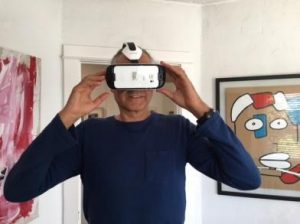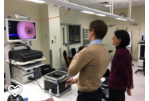The strength of clinical medicine resides in the practitioner’s ability to diagnose, treat, and understand the impact of disease on a patient’s condition. Such practical wisdom, or what Aristotle called phronesis is gained and nurtured at the bedside.
It is the scientific understanding of disease and health, Aristotle’s episteme, however, that leads to medicine’s greatest advances. From a technology, education, and practice perspective, interventional pulmonologists are the descendants of giants such as the American Chevalier Jackson, the German Gustav Killian, the Japanese Shigeto Ikeda, and the Frenchmen Jean-Francois Dumon and Christian Boutin. These men armed themselves with technologically innovative equipment created as a result of discoveries in the optical sciences, improved the initially engineered product, and applied their creative skill and imagination to serve their fellow man.
Technology today provides interventional pulmonologists increasing means to diagnose and treat disease. It is no surprise therefore, to see a global focus on education in order to provide practitioners with a uniform foundation of knowledge and technical skill regardless of where they reside. The future of our educational process includes structured multidimensional learning programs, masterful use of simulation and models, and now, development of virtual reality-based instruction. Equipped with headsets from Oculus, for example, learners can already navigate the virtual airway to master anatomy in minutes. Using an iPad and programs such as BronchPilot Anatomy or BronchPilot EBUS, learners can master bronchoscopic movements, factual knowledge and inspection strategies well before touching a real patient.
Creating these virtual worlds is a current challenge for medical educators. It is a challenge the faculty of Bronchoscopy International and leaders of the World Association for Bronchology and Interventional Pulmonology gladly accept. Exciting times are surely ahead!


